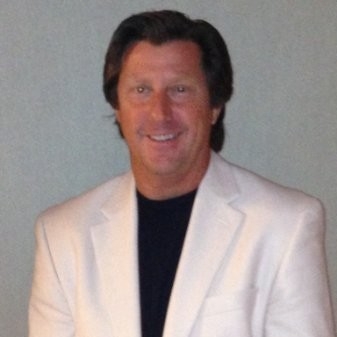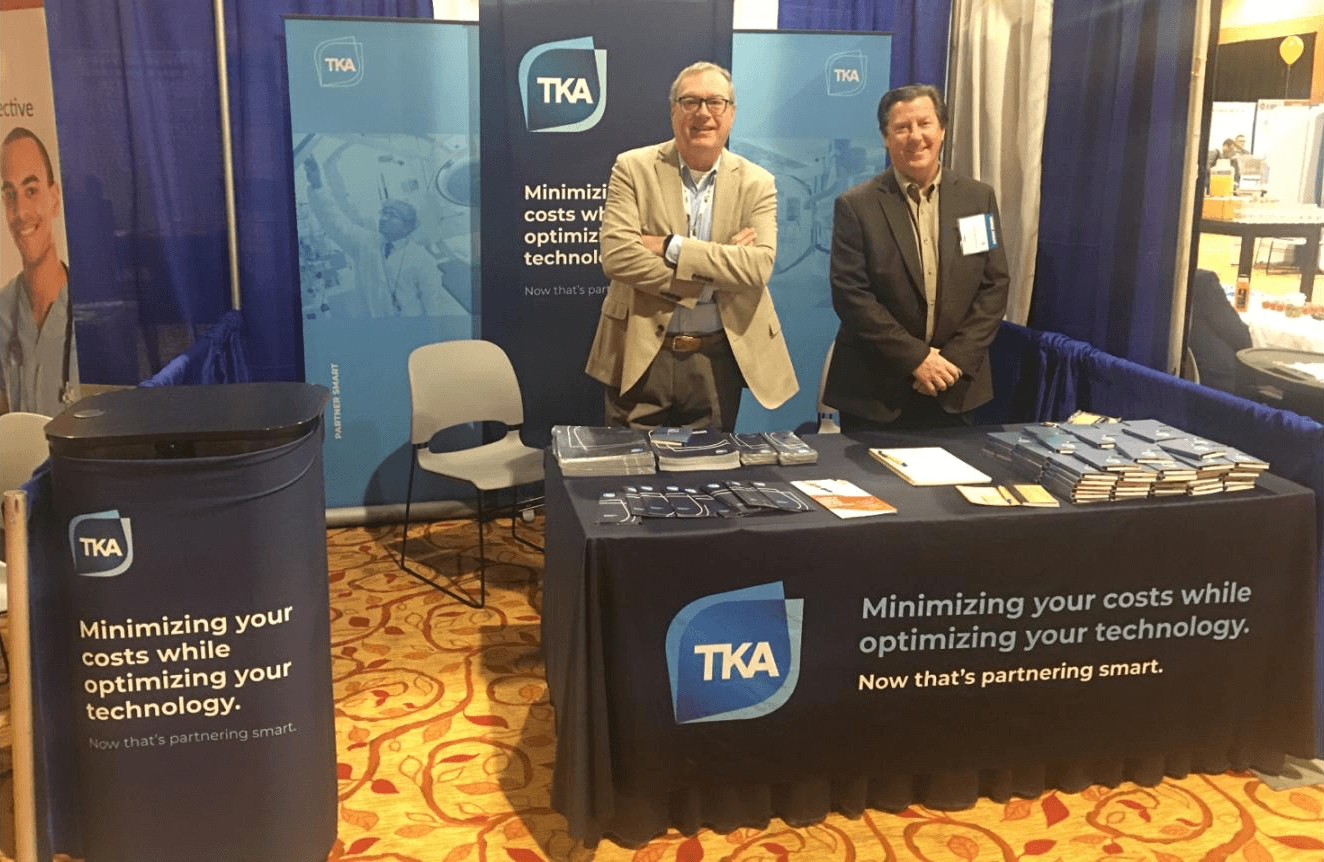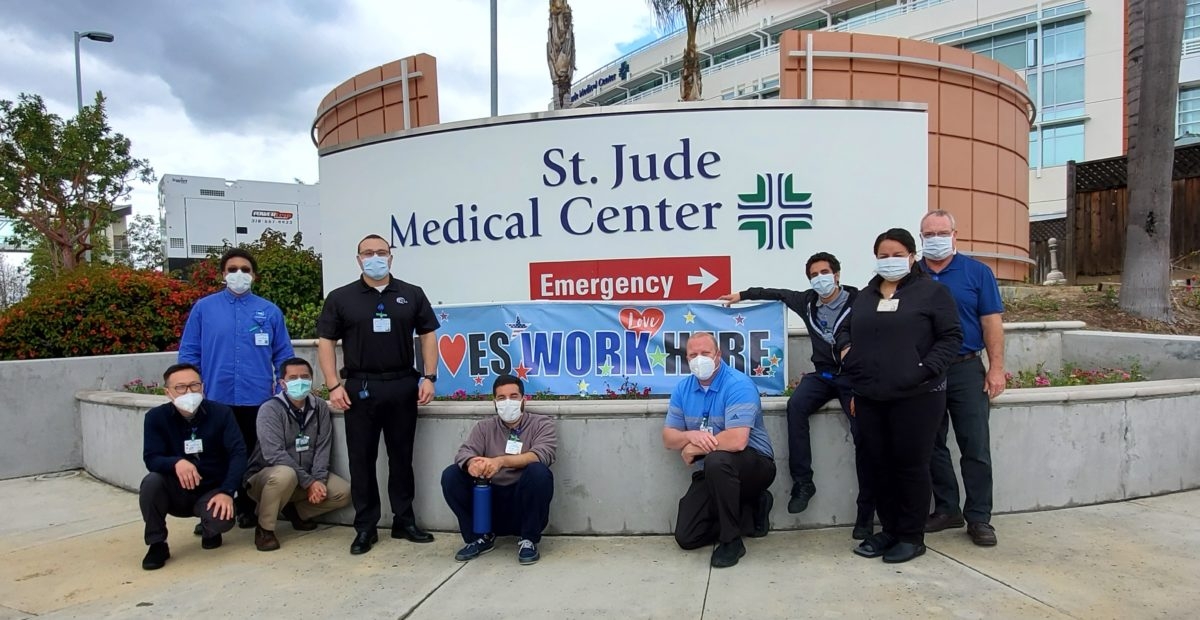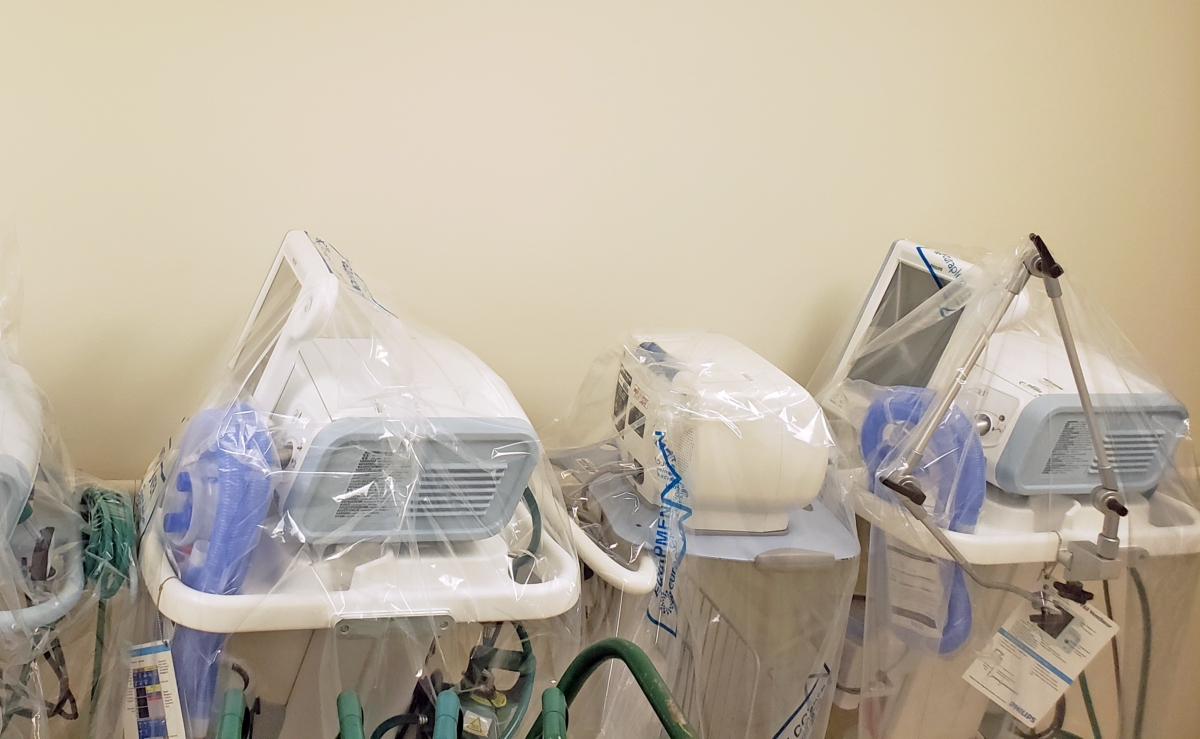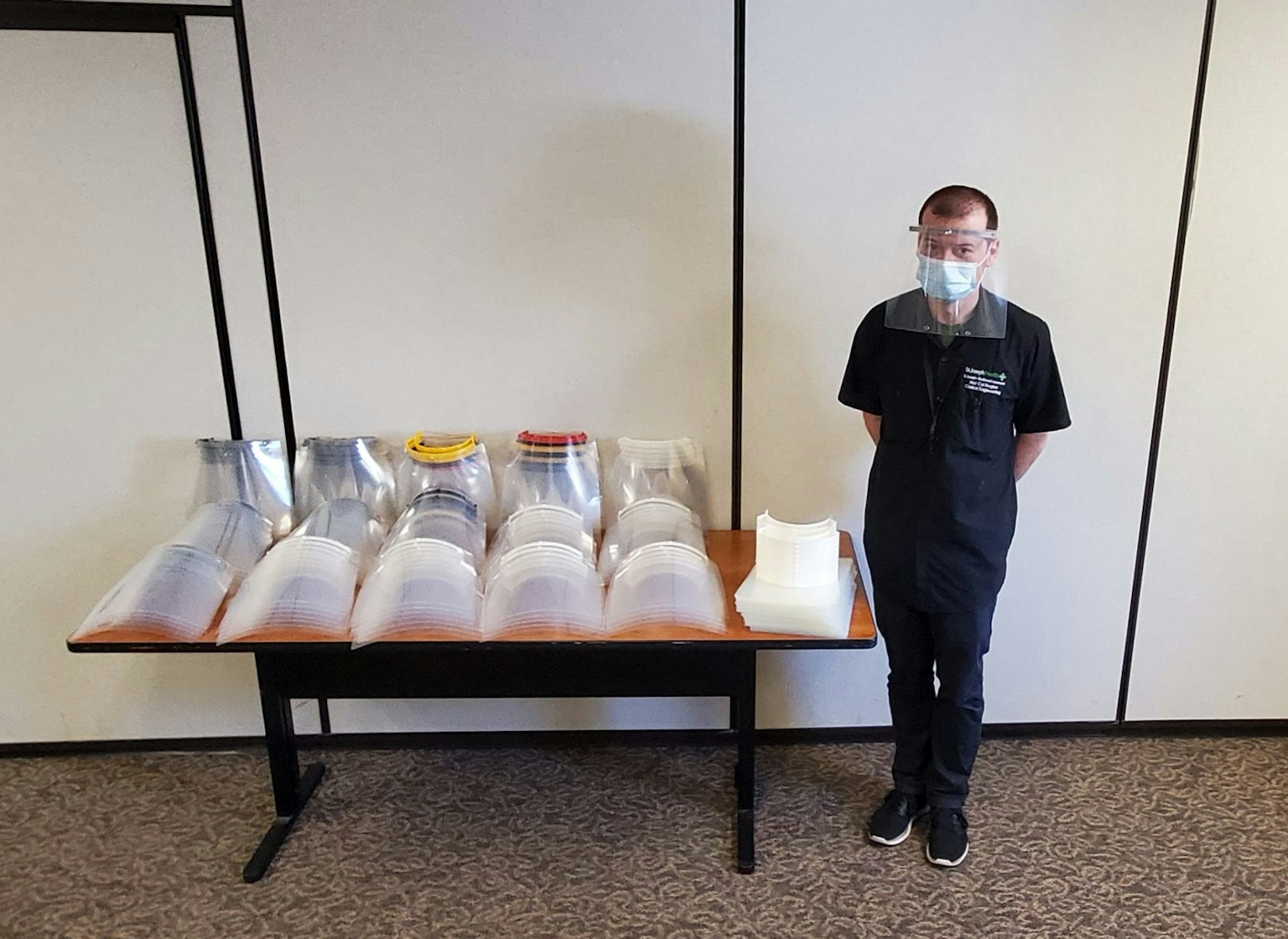I recently traveled to San Antonio for the Texas Hospital Association 2020 Annual Conference & Expo, which attracts hundreds of healthcare leaders — including COOs, VPs and Directors mostly from the Lone Star state — who gather to discuss issues, initiatives, and innovations impacting healthcare today.
Here’s a list of the top 10 things I heard at this year’s event — including, as you might expect, many things about leaders’ experiences with their clinical equipment maintenance programs and healthcare technology management (HTM) teams.
Top 10 Things I Heard at the Texas Hospital Association 2020 Annual Conference & Expo
- Healthcare leaders are not satisfied with the responsiveness of their HTM teams When there’s an issue with a piece of clinical equipment — like an MRI scanner or heart-lung bypass machine — leaders need it resolved ASAP. Unfortunately they told me they don’t feel their HTM teams always share their sense of urgency in addressing issues and returning equipment to service in order to maximize up-time.
- Infection control is a top priority The Centers for Disease Control and Prevention (CDC) estimates 1 in 31 patients daily in the U.S. has at least one healthcare-associated infection (HAI). Beyond HAI’s obvious risk to patient health and safety, there’s also a financial implication for healthcare leaders to consider. Readmissions for HAIs are not reimbursed. Current flu and coronavirus concerns heighten the focus on infection control. Good news: At TKA, infection control is also our priority! We understand clean equipment is essential to infection prevention.
- Clinical equipment is not always maintained in an optimal state Is it clean? Does it work? Do we know where it is? These questions are asked far too frequently about clinical equipment in the healthcare environment — especially portable clinical devices. The result? Wasted time. Inefficient processes. Dissatisfied patients. And frustrated staff.
- Robots kill germs Bacteria-killing UV sanitizing robots are on the front lines helping to disinfect and clean hospital rooms and high-traffic areas without the use of harmful chemicals. As the market for these robots continues to grow, and more are put into service in hospitals and health systems, it’s one more critical piece of clinical equipment TKA will be helping its clients keep in full working order.
- Healthcare leaders want better data about their clinical equipment When it comes to maintaining clinical equipment, data is king. Today’s healthcare leaders know better data means better results. From lifecycle management and inventory to updates and security, data is essential to the success of HTM programs.
- HTM teams aren’t transparent enough I heard at the expo what I often hear in the industry: “I just don’t know what our HTM team is doing.” What happens when you lose transparency? You lose trust. And that’s a problem. A big problem.
- Healthcare leaders need help with compliance Regulatory compliance is always a concern for healthcare leaders, and when it comes to clinical equipment, there are a lot of i’s to dot and t’s to cross. A strong HTM partner like TKA will focus on driving compliance and improving reliability and consistency, giving leadership the confidence and peace of mind it needs — and deserves.
- HTM teams don’t communicate well Good communication is the foundation for every good relationship, and the relationship between hospital leadership and HTM teams is no different. Healthcare leaders told me they want more communication from their HTM teams — especially when they’ve solved an issue or completed a repair. Without good communications, things like productivity and satisfaction begin to suffer.
- Healthcare leaders don’t fully understand their HTM programs It’s unfortunate, but it’s true. Leaders often discover gaps in their programs when there’s an issue, and they find out the resolution they need is not covered by their current program. It’s a rude awakening for leaders who thought they had a full solution in place. Such gaps impact up-time as well as the bottom line, especially if additional services or equipment have to be procured. No one likes surprises like these.
- HTM programs aren’t a focus for leaders, because they’re such a small percentage of their overall budget While that may be true on paper, think about this: Clinical equipment is touched by every nurse and every doctor in every department. It’s critical to patient care, patient safety, and patient satisfaction. It drives bottom-line reimbursement income and has an impact on overall expenses related to capital planning. It also directly affects the productivity and satisfaction of clinical staff. While an HTM program may be only about 1 percent of a hospital’s overall budget, its impact is much, much bigger.
If you want to learn more about TKA’s HTM program and what makes us a smart partner — including how we’re committed to transparency, communication, and responsiveness in addition to optimizing your clinical technology while minimizing costs — I welcome the opportunity to talk with you. You can reach me via email at david.francoeur@ii-techknow.com
